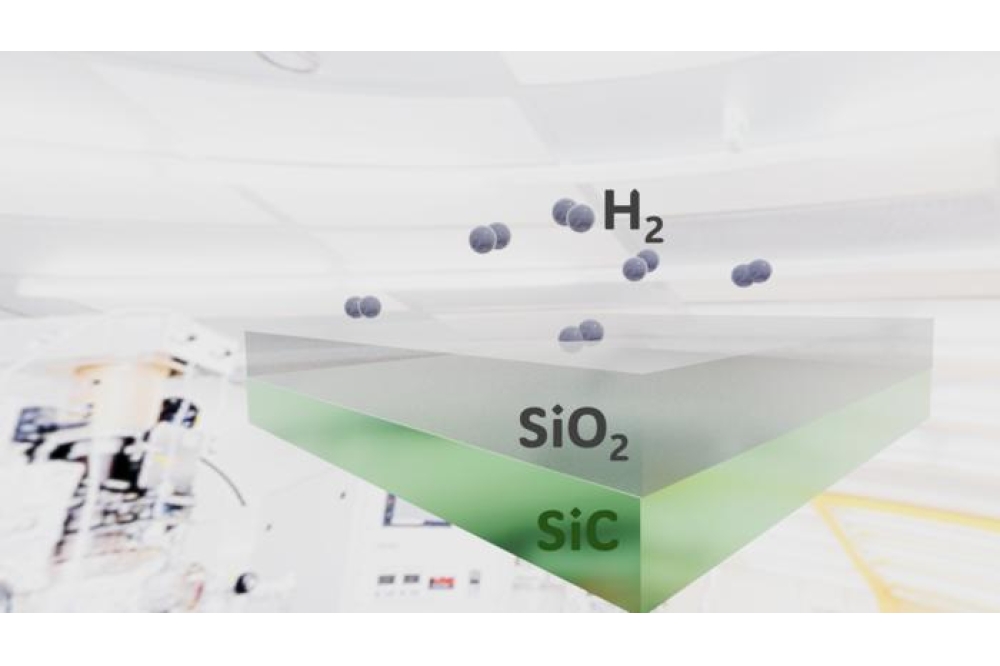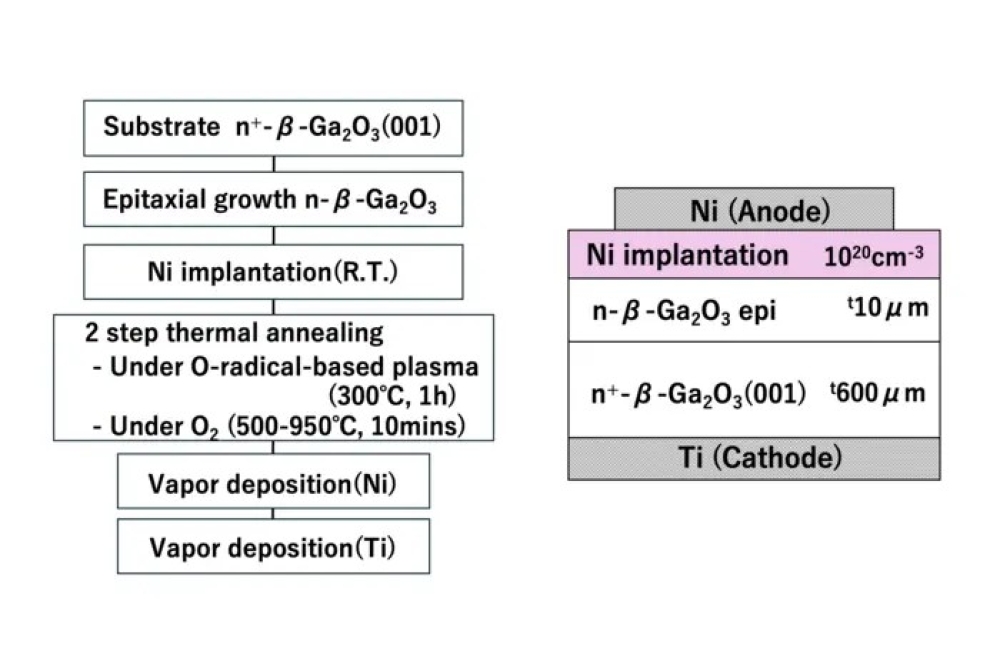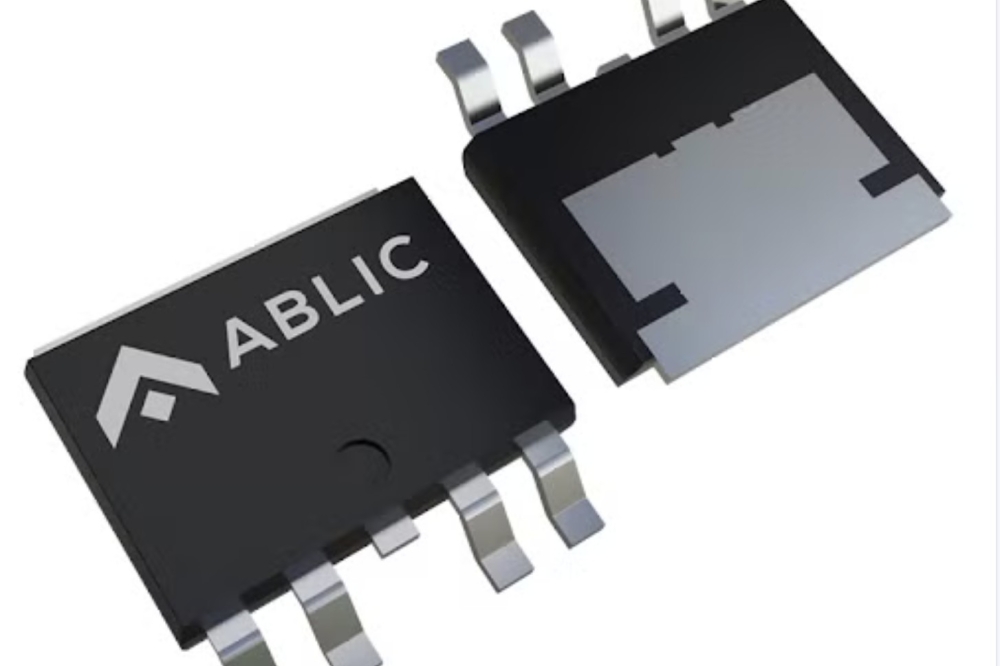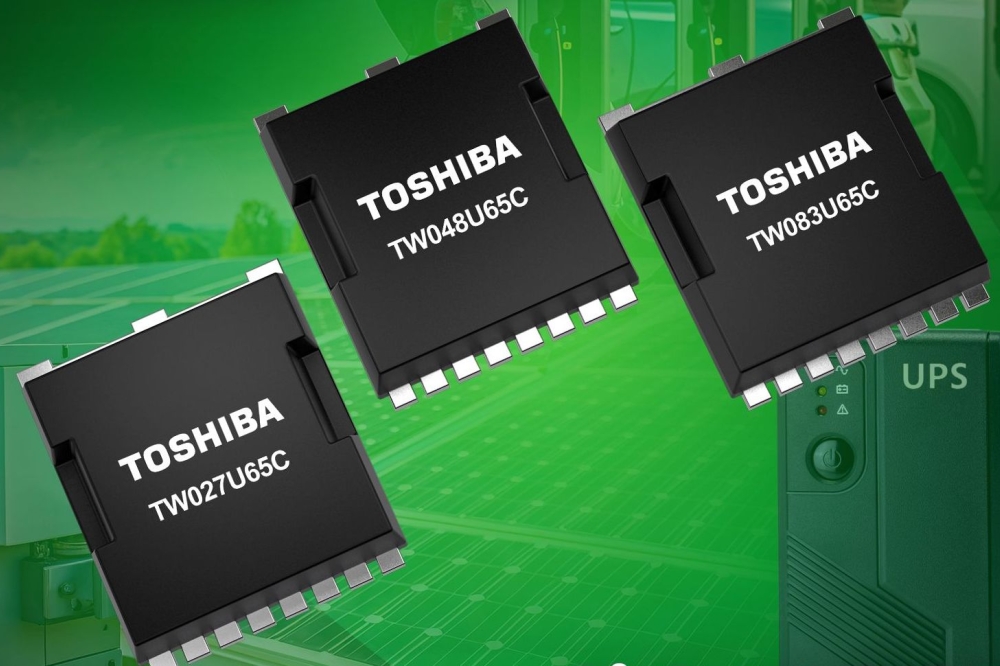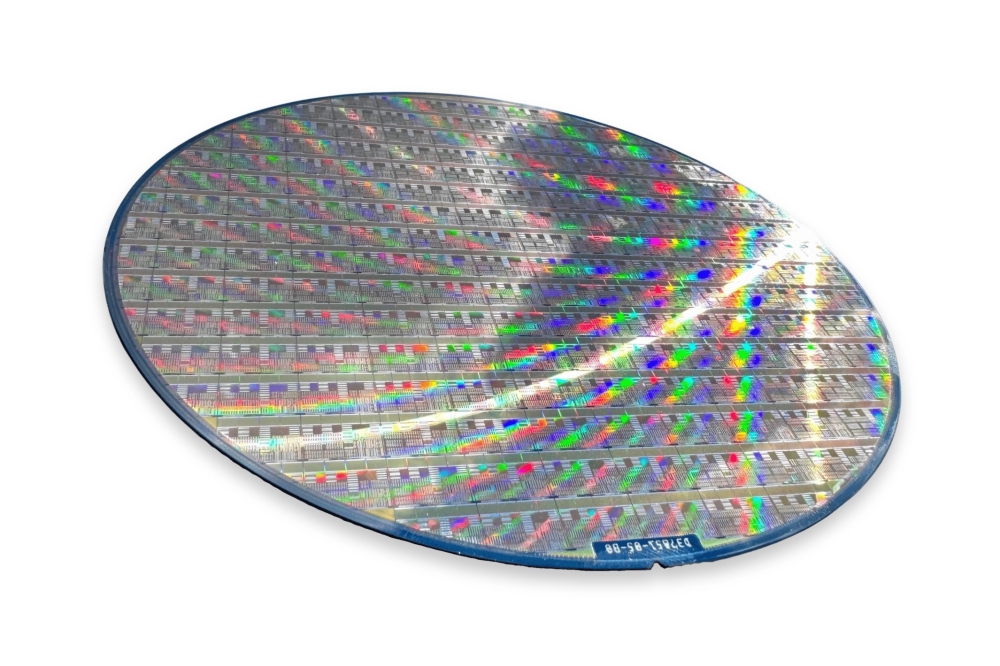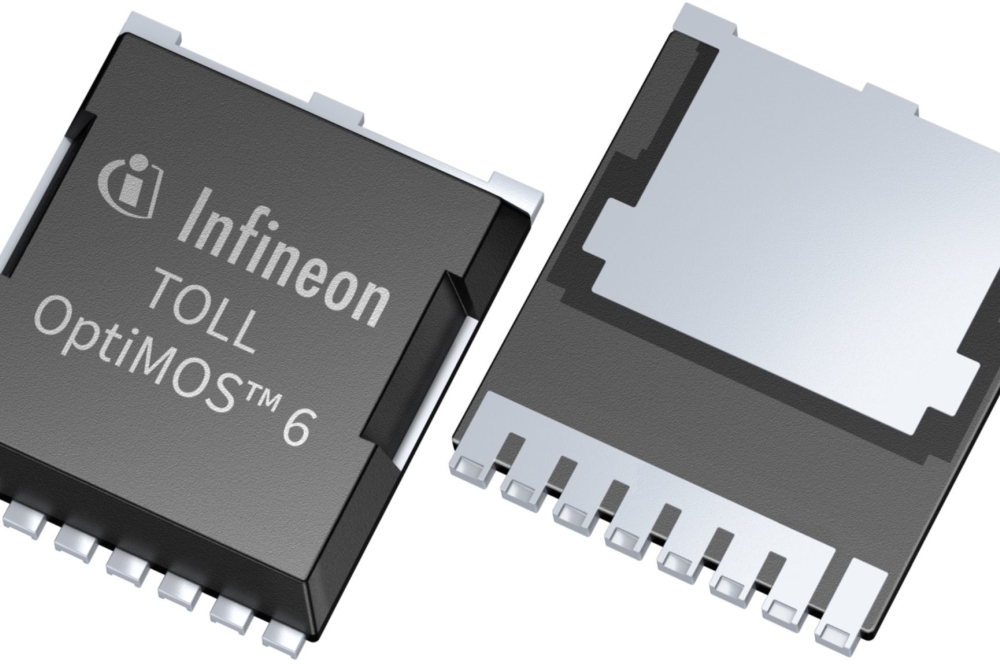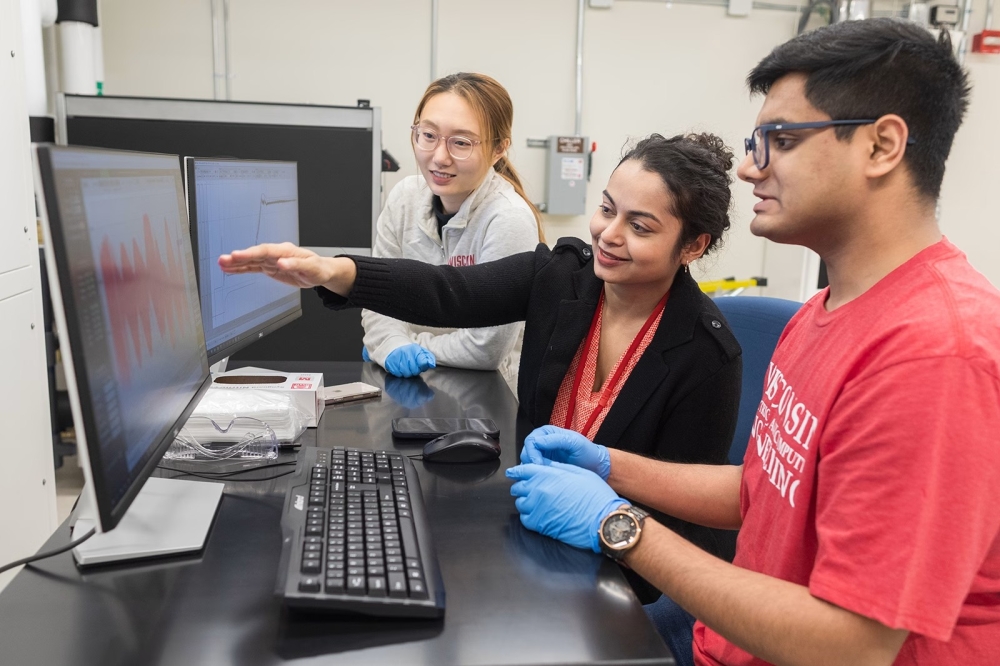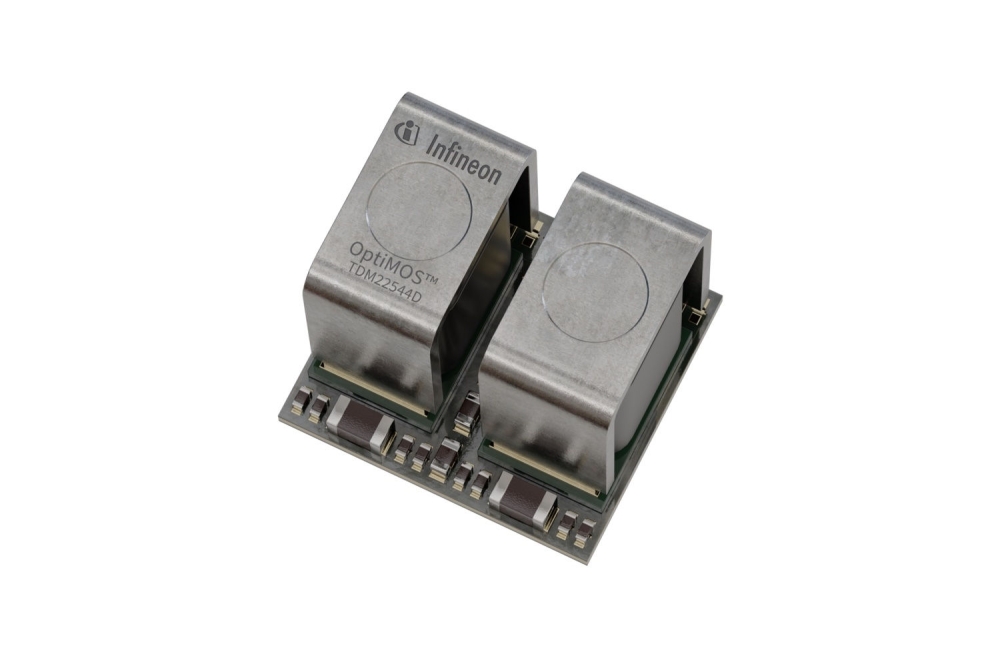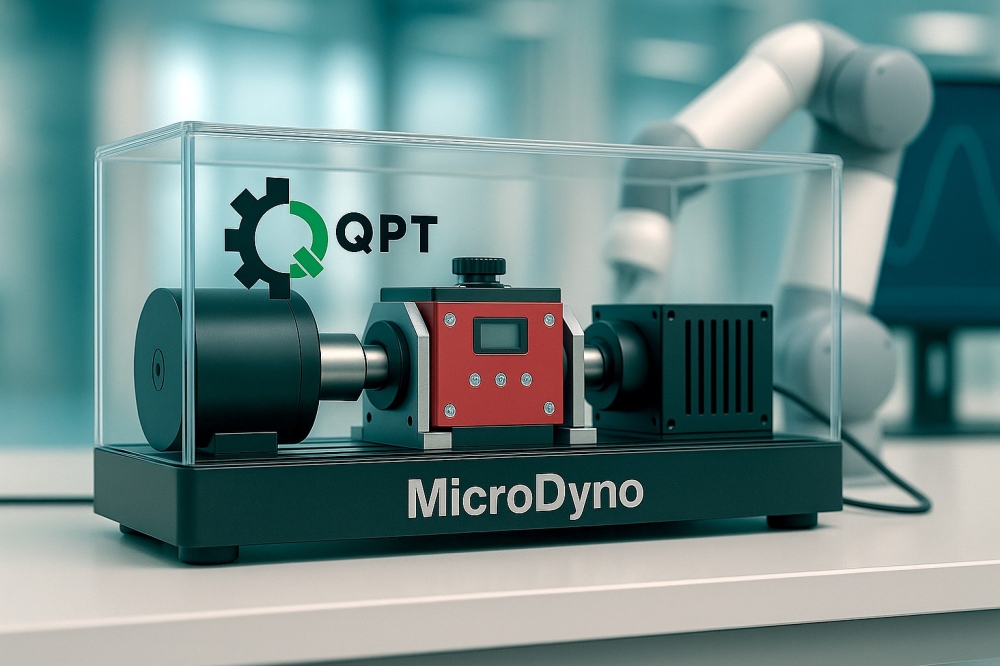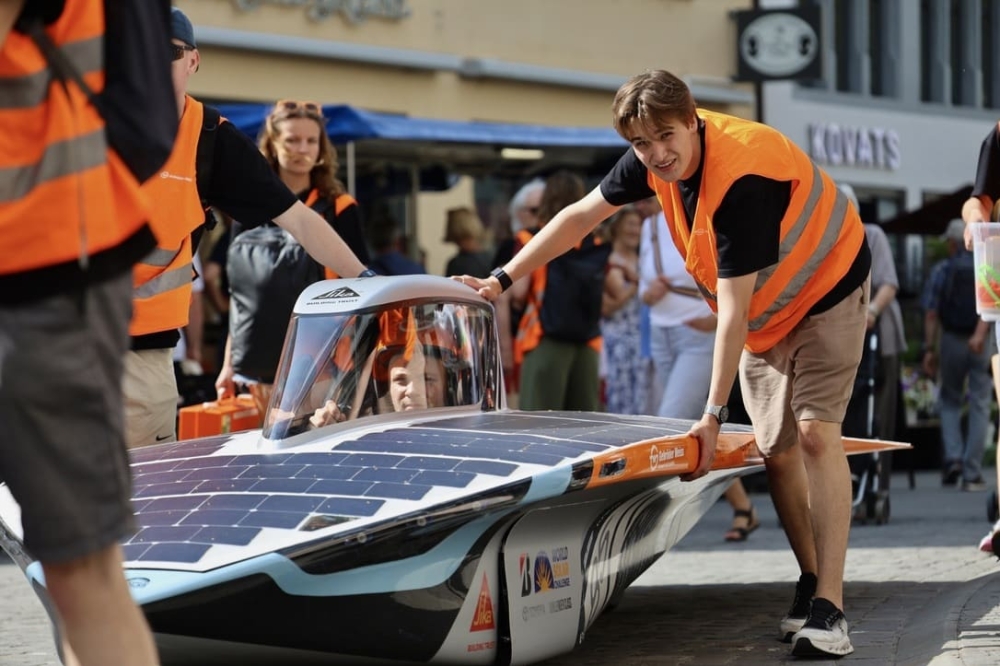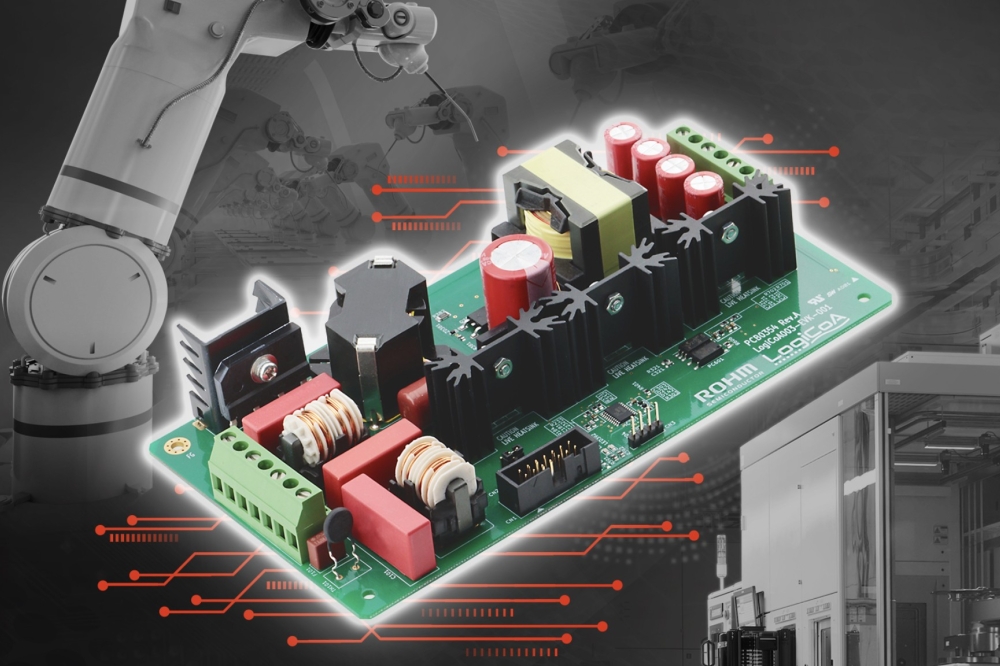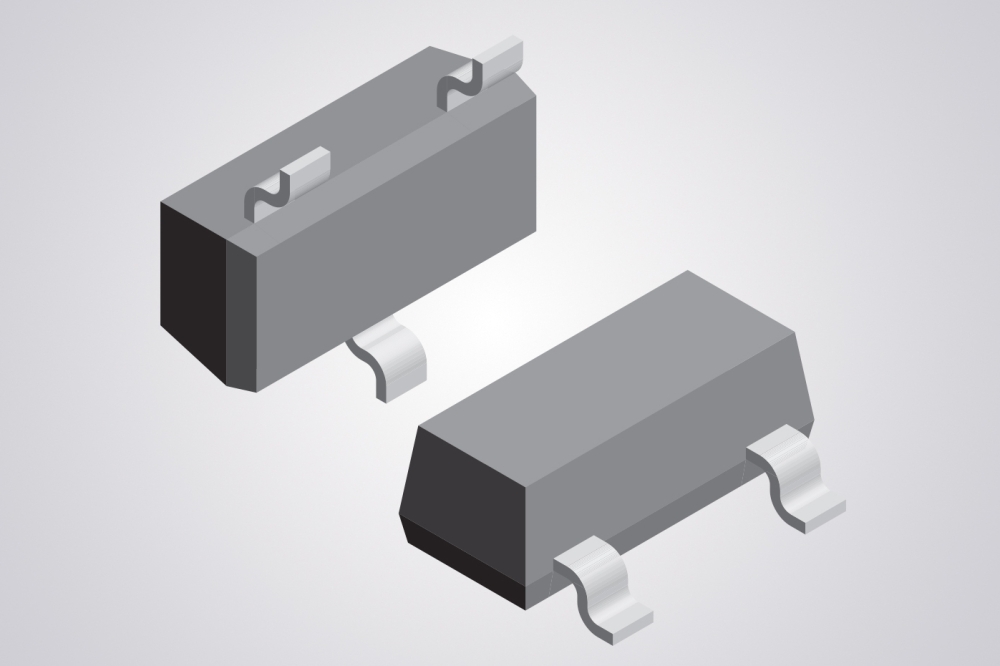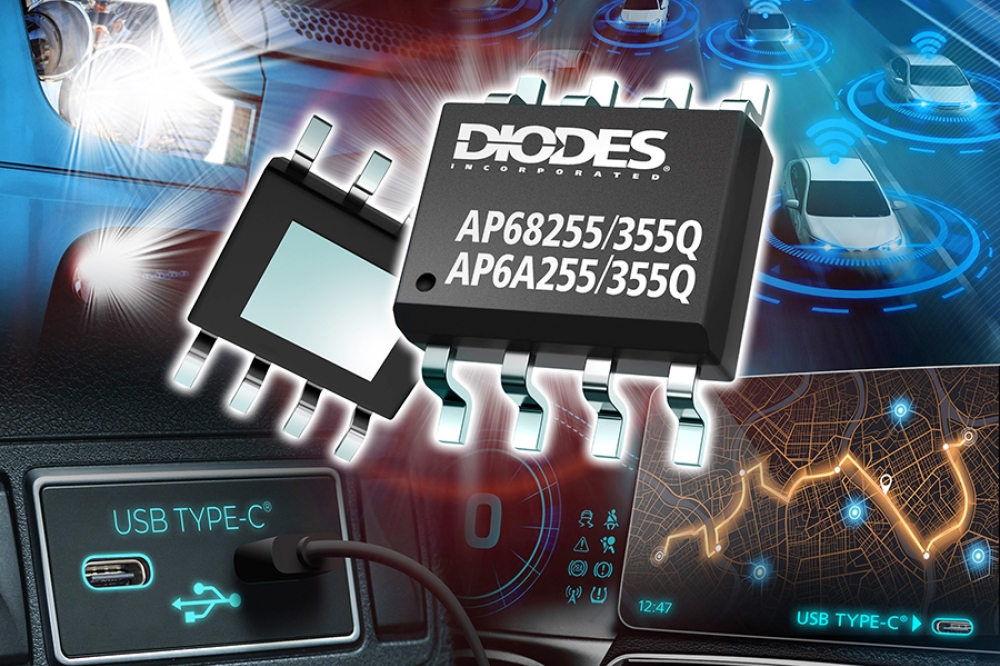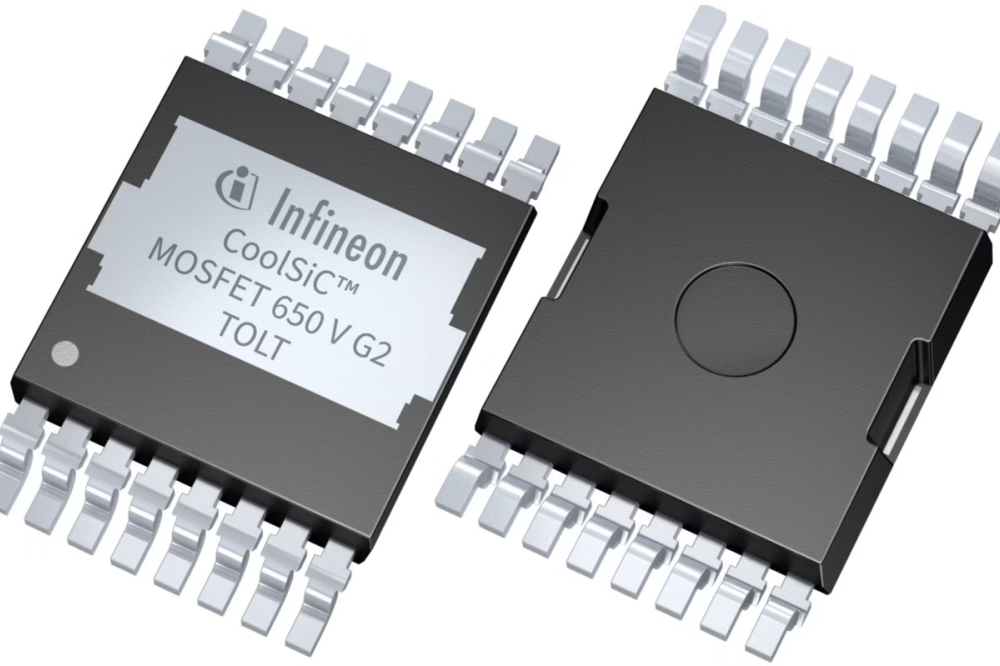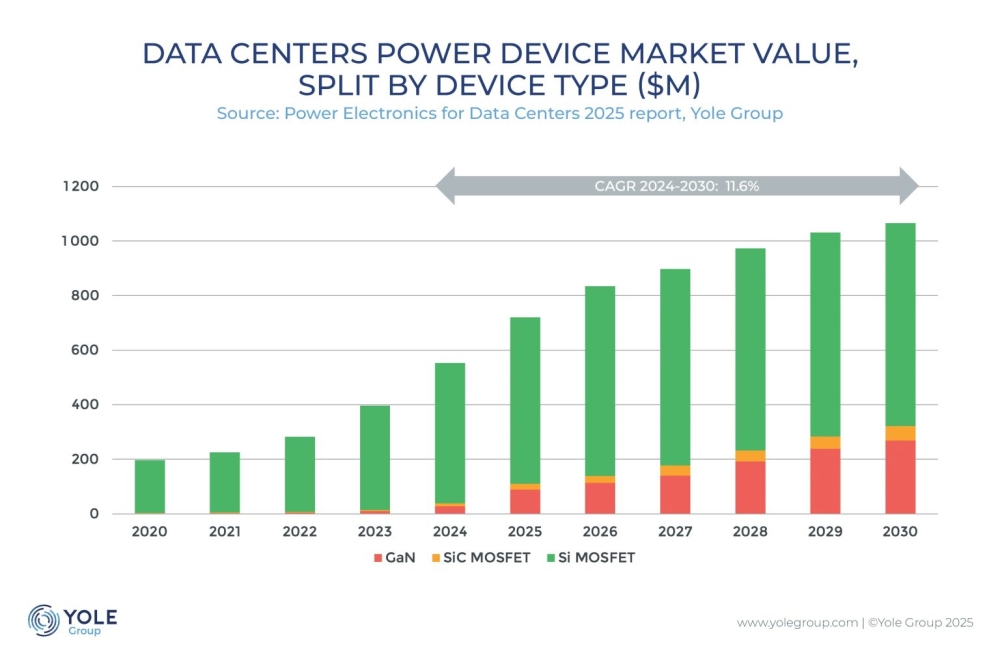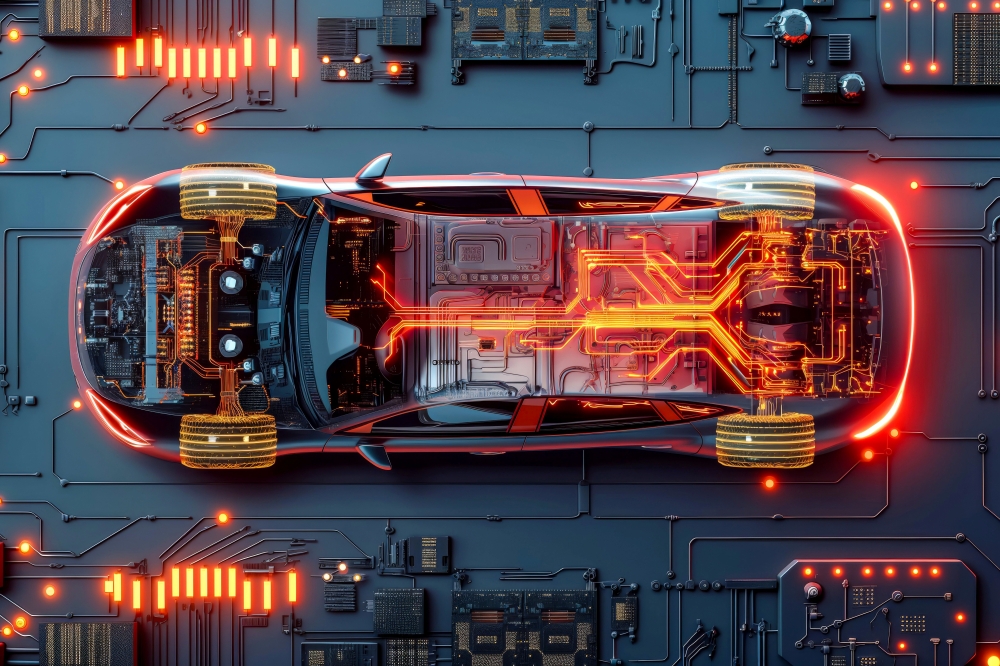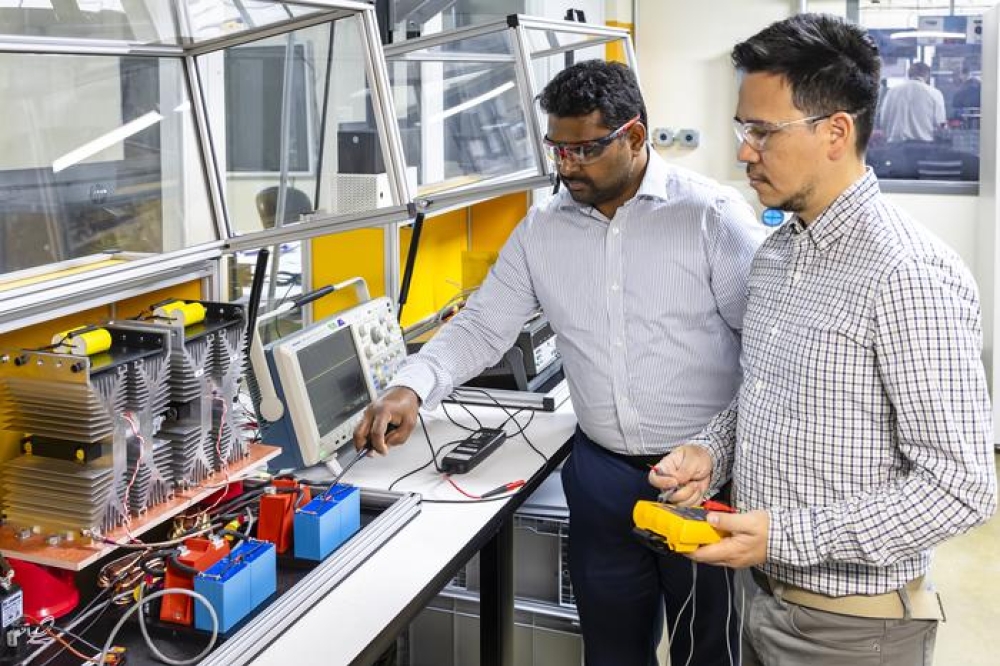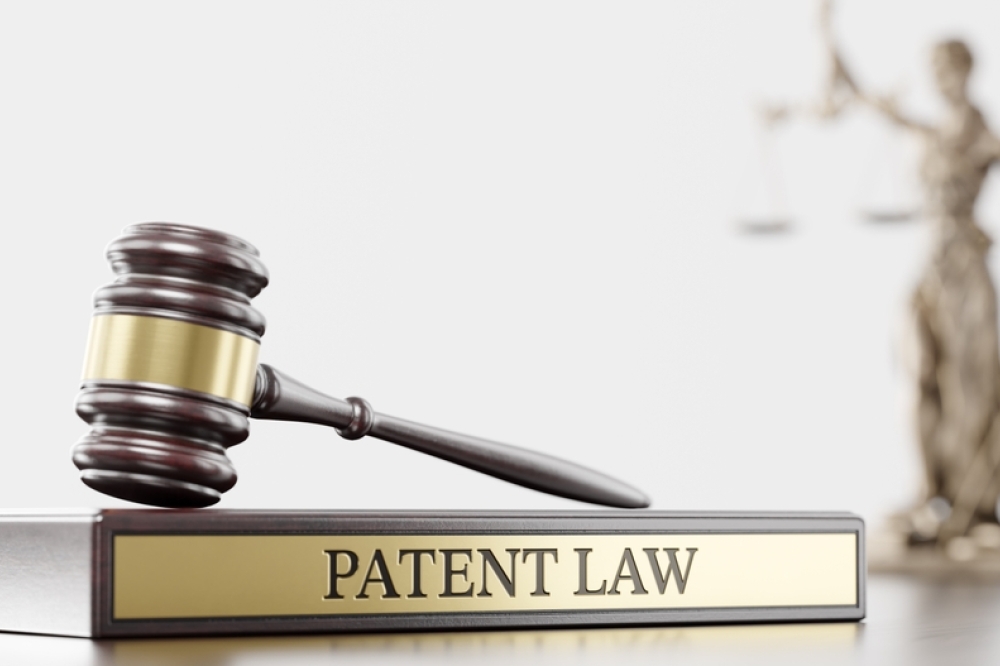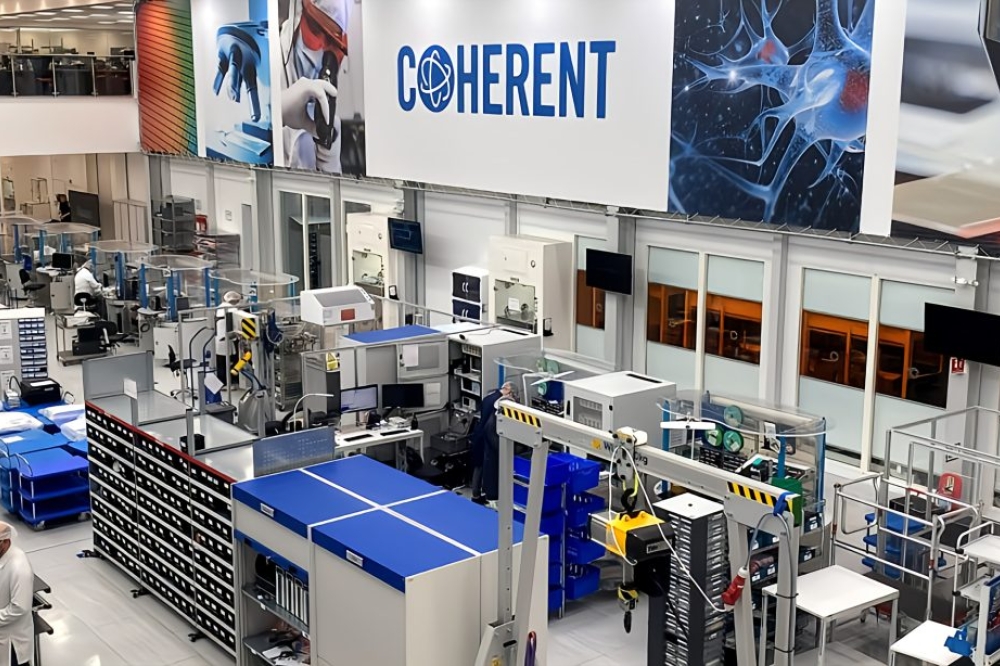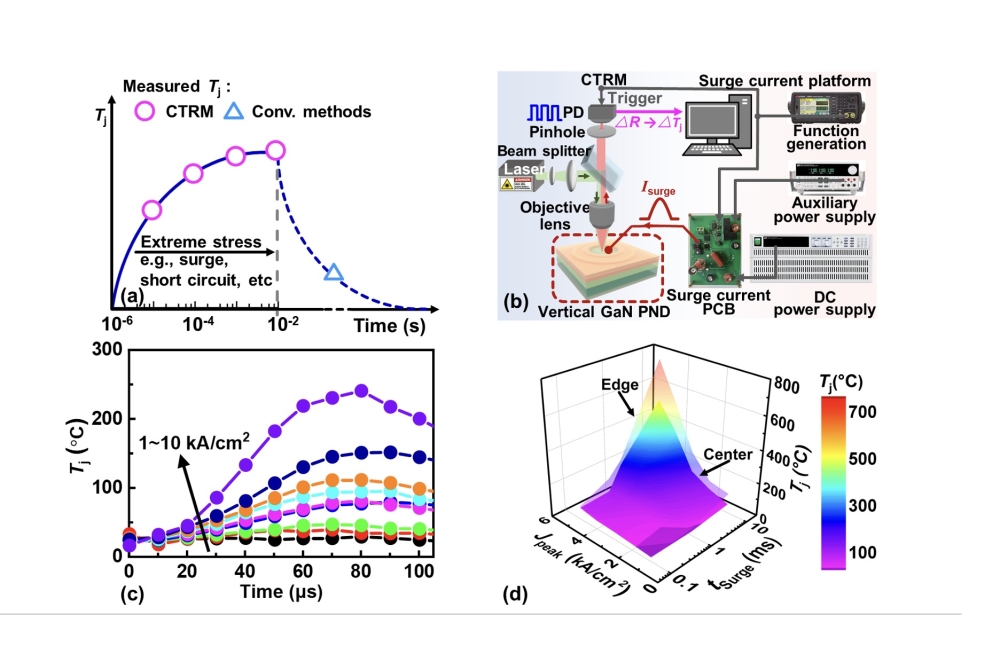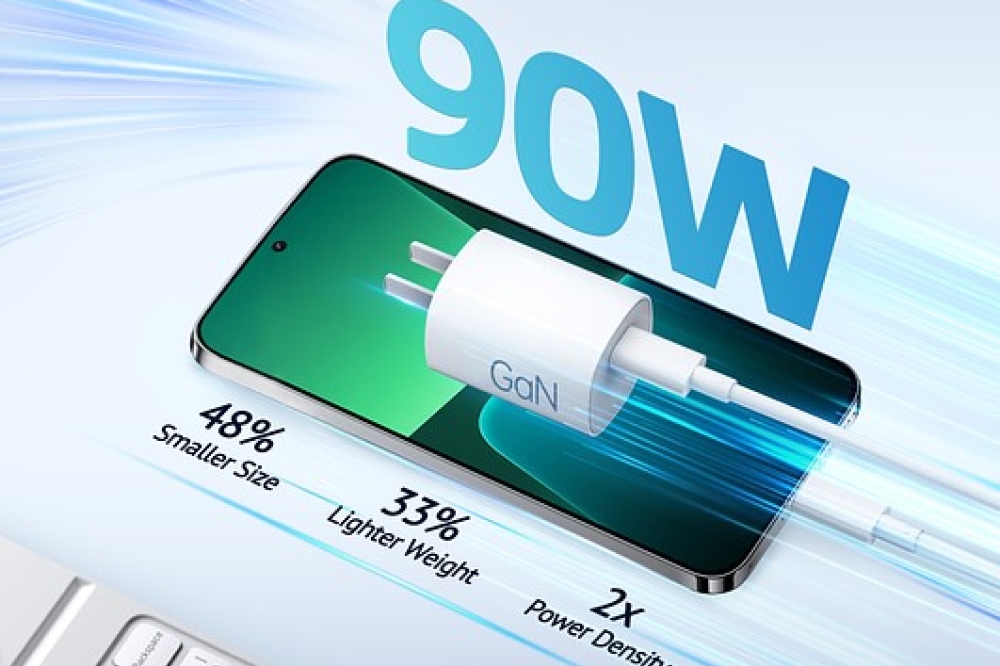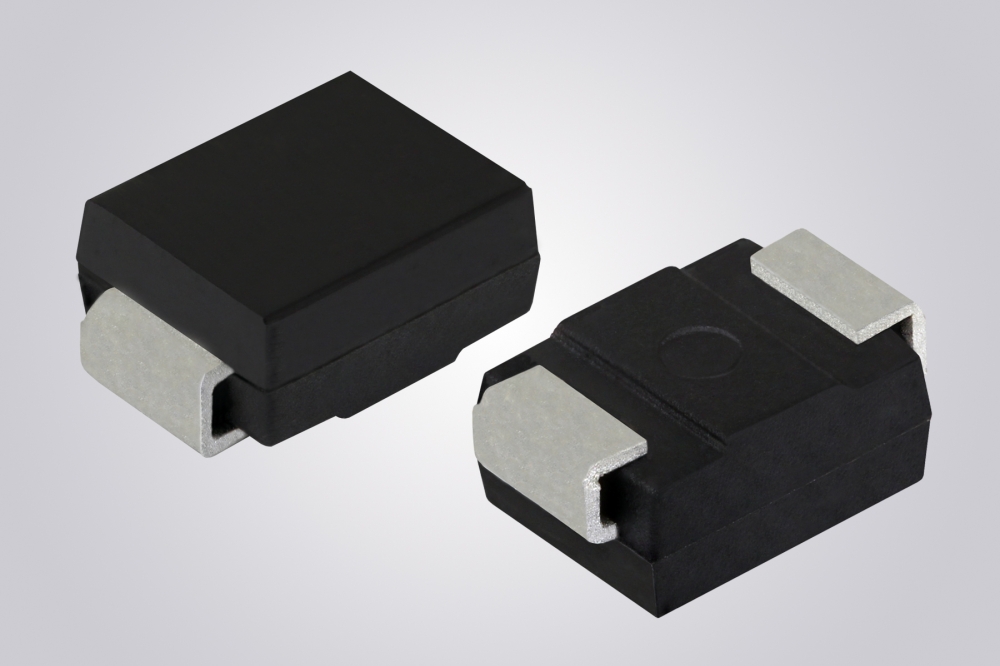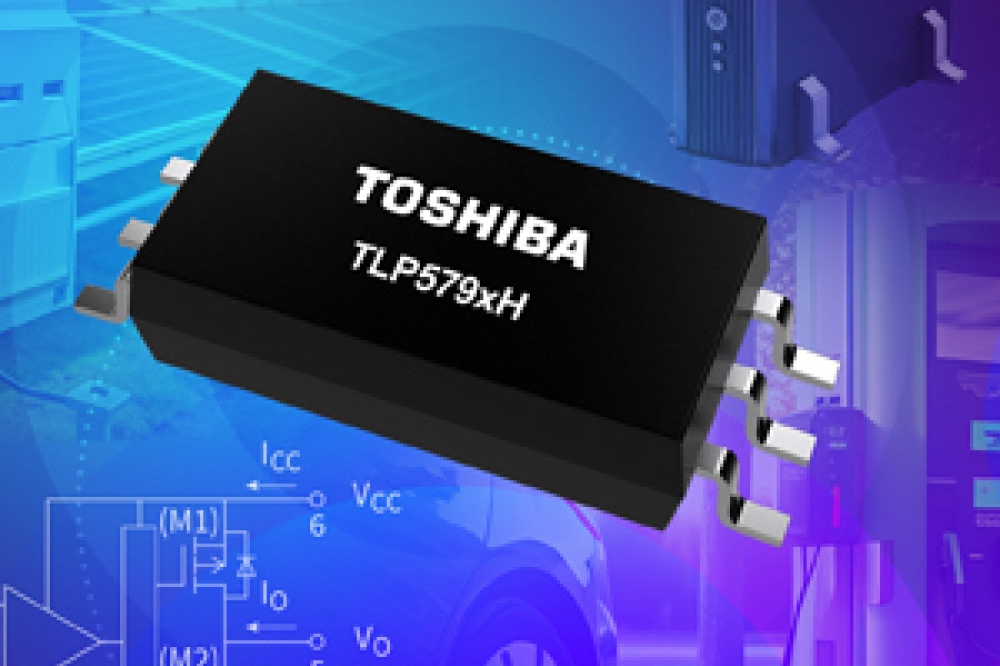Schaeffler chooses Rohm SiC MOSFETs for inverter brick
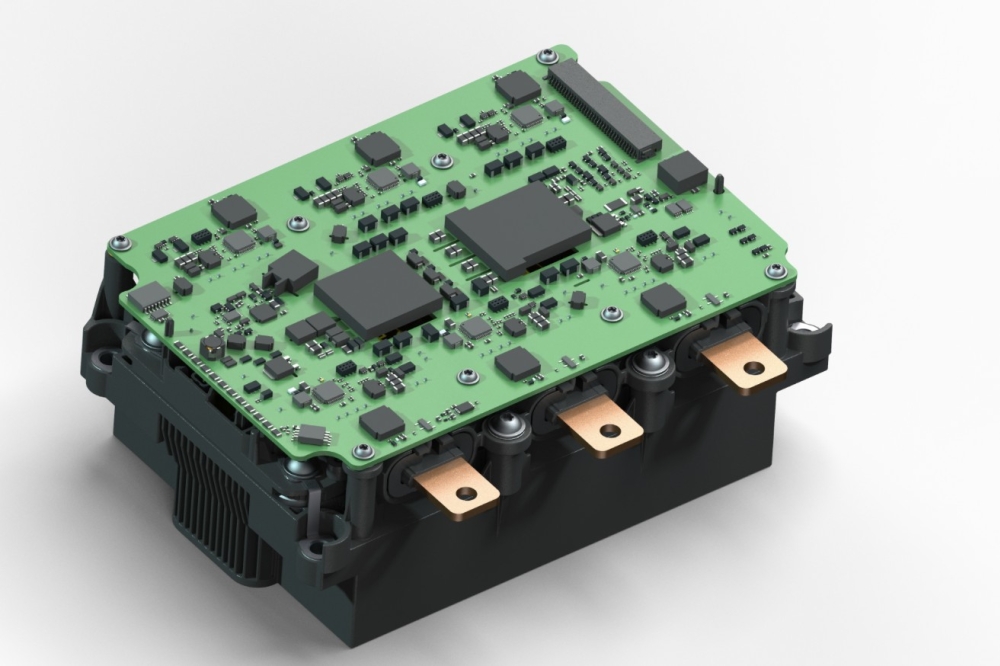
Rohm and Schaeffler, a German automotive supplier, have started mass production of a new high-voltage inverter brick equipped with Rohm’s SiC MOSFET bare chips as part of their strategic partnership. The inverter brick is intended for a major Chinese car manufacturer.
By using the Rohm MOSFETs, Schaeffler has boosted the output of the brick by increasing the maximum possible battery voltage to much more than the usual 800 V – and with RMS currents of up to 650 A, which turn the sub-module into a compact power pack.
“Through our strategic approach of incorporating scalability and modularity into our e-mobility solutions – from individual components to a highly integrated electric axle – we developed the readily integrated inverter brick. Based on our generic platform development, it took us just one year to bring this optimal product for the popular X-in-1 architectures to volume production readiness,” says Thomas Stierle, CEO of the E-Mobility Division at Schaeffler.
As a core component of an inverter, the brick has to meet strict requirements. The sub-module incorporates the power module for pulse width modulation (PWM) of the current pulses, the DC link capacitor, a DC link and a cooler. Moreover, the brick has a DC boost function, thanks to which a vehicle with 800V architecture can also be charged at a 400V charging station at a charging speed of 800V.
“We are glad about the launch of volume production for Schaeffler’s inverter brick with our 4th generation SiC MOSFET,” says Kazuhide Ino, member of the board and managing executive officer at Rohm. “With our SiC technology we are making a substantial contribution to increasing the efficiency and performance of electric cars. Working with Schaeffler as our partner, we are thus fostering innovation and sustainability in the automotive industry,” Ino adds.
The strategic partnership of Schaeffler (originally initiated under Vitesco Technologies) with Rohm has existed since 2020 and serves to secure capacity for energy-efficient SiC power semiconductors.


